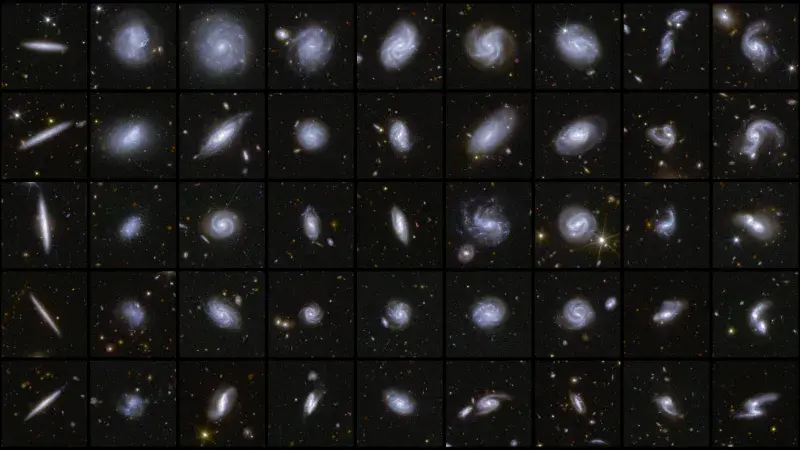The release of the first survey data from the European Space Agency’s pioneering Euclid satellite has led to a flurry of scientific advances that further our understanding of the cosmos.
Launched in July 2023, Euclid is mapping the Universe with unprecedented precision and accuracy. By examining more than one billion galaxies over six years, this groundbreaking space telescope aims to explore two of astronomy’s biggest mysteries: dark matter and dark energy.
Despite covering less than 0.5 per cent of the complete study area, the data is already proving to be a treasure trove for UK scientists.
Data analysis
Researchers from the University of Edinburgh lead the UK’s involvement in the data analysis and host the UK’s Science Data Centre for Euclid.
As a key part of the Euclid Consortium, Edinburgh processes the huge amounts of data from the satellite before it is studied by teams in the UK and across the wider Euclid Consortium. This process is already having exciting ramifications for astronomy.
Rare events
A team based at the Universities of Oxford, Portsmouth and Newcastle combined the power of citizen scientists and machine learning algorithms to sift through the more than one million galaxies seen in Euclid’s latest data, searching for strong gravitational lenses. More than a thousand citizen scientists across the world took part through Space Warps, the dedicated strong lens search project hosted on the Zooniverse platform.
These phenomena occur when massive objects, such as galaxies, distort space-time so much that they warp the light from objects behind them into rings or arcs.
Such lenses are incredibly rare – researchers liken it to searching for needles in a haystack - but the team has identified 500 strong lens candidates.
Rarer still are systems which contain two galaxies being lensed by the same object. Four of these have been spotted and will help astronomers understand the shape and structure of the Universe.


